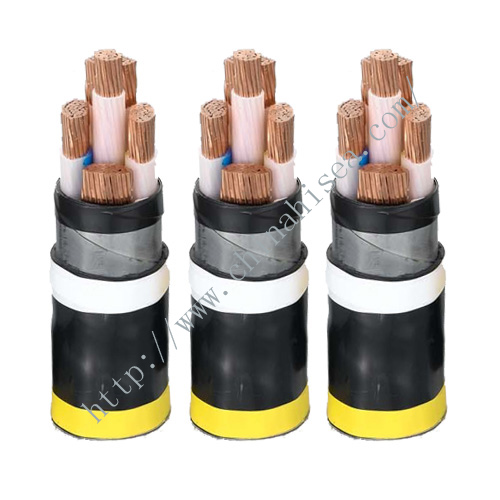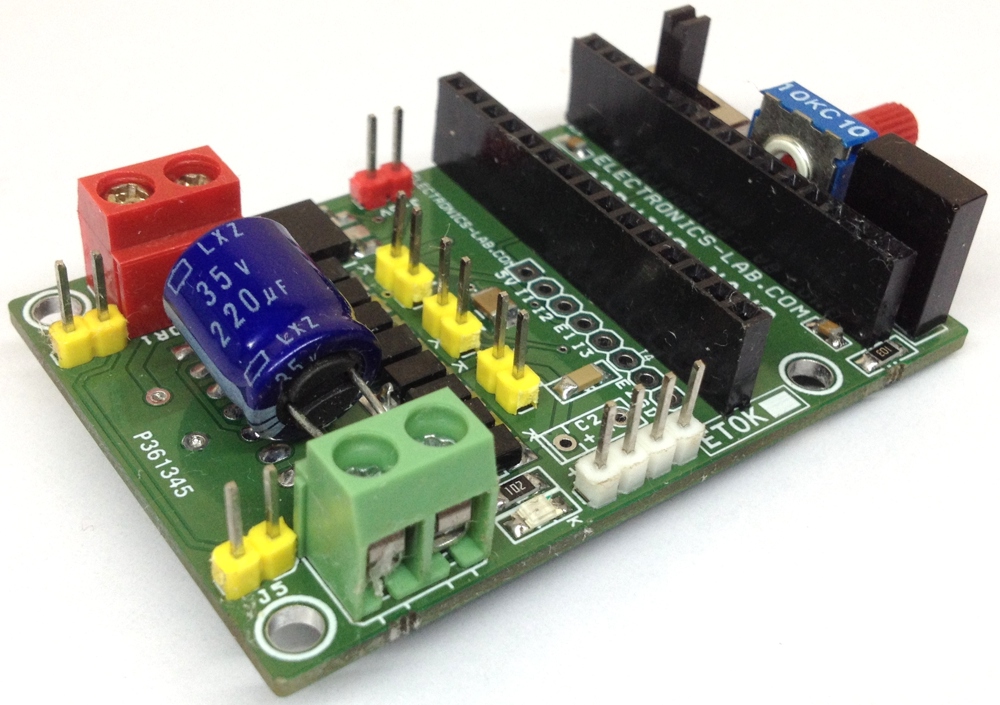 Bottom Line: Low-range and sensitive Geiger counters, like the CD V-700, do have their place, and we provide them right here, however without a higher-range radiation detector survey meter first, and initially, warning you away from exposure to excessively excessive levels of lethal radiation, the opportunity to later even use a low-vary radiation detector meter could never come! All of these above radiation detector ‘meters’, the Geiger counter, too (which makes use of a Geiger tube quite than an ion chamber), will present their radiation depth readings relative to time, similar to R/hr or mR/hr like the dimensions at the fitting, identical as a automobile speedometer will present miles/hr. The vary selector change lets you measure as much as 50 mR/hr. It ought to be readily apparent now that the more harmful levels of radiation are properly beyond the capability of a low-range radiation detector survey meter, such as the CD V-700, which can be maxed out at 50 mR/hr which is just .05 R/hr.
Bottom Line: Low-range and sensitive Geiger counters, like the CD V-700, do have their place, and we provide them right here, however without a higher-range radiation detector survey meter first, and initially, warning you away from exposure to excessively excessive levels of lethal radiation, the opportunity to later even use a low-vary radiation detector meter could never come! All of these above radiation detector ‘meters’, the Geiger counter, too (which makes use of a Geiger tube quite than an ion chamber), will present their radiation depth readings relative to time, similar to R/hr or mR/hr like the dimensions at the fitting, identical as a automobile speedometer will present miles/hr. The vary selector change lets you measure as much as 50 mR/hr. It ought to be readily apparent now that the more harmful levels of radiation are properly beyond the capability of a low-range radiation detector survey meter, such as the CD V-700, which can be maxed out at 50 mR/hr which is just .05 R/hr.
 For kids, the effects may be anticipated at half these dose ranges. CNS signs are predominant at higher radiation levels. Q: What is the Difference Between Roentgen, Rad and Rem Radiation Measurements? It’s just like the speedometer of a car; both present measurements relative to time. Expected well being results for an grownup assuming the cumulative total radiation publicity was all acquired within a weeks time. In the event you had a survey meter in a single hand and a dosimeter in the opposite and walked into an space of measurable radiation and your survey meter mentioned you were now standing in a 30 R/hr radiation subject, and you stayed there for 2 hours, then your dosimeter at the top of these two hours would be indicating 60 R. The meter measured the exposure price or depth of the radiation there and the dosimeter accumulated the full amount of radiation you had been exposed to for having been there those two hours.
For kids, the effects may be anticipated at half these dose ranges. CNS signs are predominant at higher radiation levels. Q: What is the Difference Between Roentgen, Rad and Rem Radiation Measurements? It’s just like the speedometer of a car; both present measurements relative to time. Expected well being results for an grownup assuming the cumulative total radiation publicity was all acquired within a weeks time. In the event you had a survey meter in a single hand and a dosimeter in the opposite and walked into an space of measurable radiation and your survey meter mentioned you were now standing in a 30 R/hr radiation subject, and you stayed there for 2 hours, then your dosimeter at the top of these two hours would be indicating 60 R. The meter measured the exposure price or depth of the radiation there and the dosimeter accumulated the full amount of radiation you had been exposed to for having been there those two hours.

15% of true dose rate. Two terms used to relate the amount of radiation obtained by the physique are exposure and dose. 530 to 830 R From 2 hours to 2 days: moderate to severe nausea and vomiting in eighty to one hundred percent of personnel; From 2 hours to six weeks: reasonable to severe fatigability and weakness in 90 to 100 p.c of personnel. At 2 to 5 weeks: medical care required for 10 to 80%. At low end of vary, lower than 10% deaths; at high end, dying could occur for more than 50%. Anticipated medical issues include frequent diarrheal stools, anorexia, increased fluid loss, ulceration. At three to 5 weeks: medical care required for 10 to 50%. At high finish of range, loss of life could occur to most 10%. Anticipated medical issues include infection, bleeding, shield control cable and fever. At excessive end, dying may happen for 99% of personnel. 300 to 530 R From 2 hours to 3 days: transient to reasonable nausea and vomiting in 50 to ninety %; mild to reasonable fatigability in 50 to 90 % of personnel.
Full restoration anticipated. (Fetus injury attainable from 50R and above.) 70 to 150 R From 2-20 hours: transient mild nausea and vomiting in 5 to 30 % of personnel. To relate the absorbed dose of specific sorts of radiation to their biological effect, a “high quality factor” must be multiplied by the dose in rad, which then exhibits the dose in rems. Q: What Are the Several types of Radiation Detection Civil Defense Survey Meters? Ok, so if it is a excessive-vary survey meter we would wish first, then which Civil Defense high-vary survey meter is ‘the best’? And, you will never know, until and till you then get it re-calibrated your self. A survey meter will probably be used to assist make vital selections, corresponding to to flee, how far, and to where. A: Amongst the Civil Defense Radiation Detection Survey Meters there are 4 primary varieties, one low-vary meter and three high-vary meters. The test procedure requirements are fairly a bit more involved than simply sluggish cooking them for five days, however that’s the primary objective to encourage failure in any units prone to these problems.